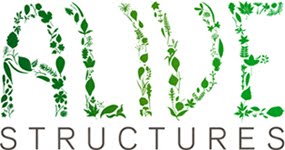
The UNEP (United Nations Environment Programme)has just released an update which says that no matter what we do at this point we've committed the planet to 1.4°C warming by 2100. However, if we don't cut emissions quickly and drastically (25-40% from 1990 levels by 2020) we will commit the planet to 4.3°C [or approx. 7.74 deg. F] warming by 2100.
I don't think I need to go into the types of changes that would occur if the planet warmed 8 F degrees. Despite how corrupt the system is, the politics, the corporations, the money, it still amazes me that our leaders are so paralyzed when it comes to climate change. So many times we, people and our leaders, have made drastic and courageous changes in politics, culture, the environment, human rights, food, peace, democracy, etc... And yet with climate change we're like a deer in headlights, unable to move forward out of the way of danger.
I am trying to brace myself for an event in Denmark that should be monumental but could actually be very lame. Copenhagen should be the start of a fundamental change in the way we live. It should be the change we've all wanted and voted for. It should be the event that our grandkids will be proud to learn about. I hope it will be an event that lets our eyes adjust to the light in time to see the other side of the road--before the car comes crashing into us.






















